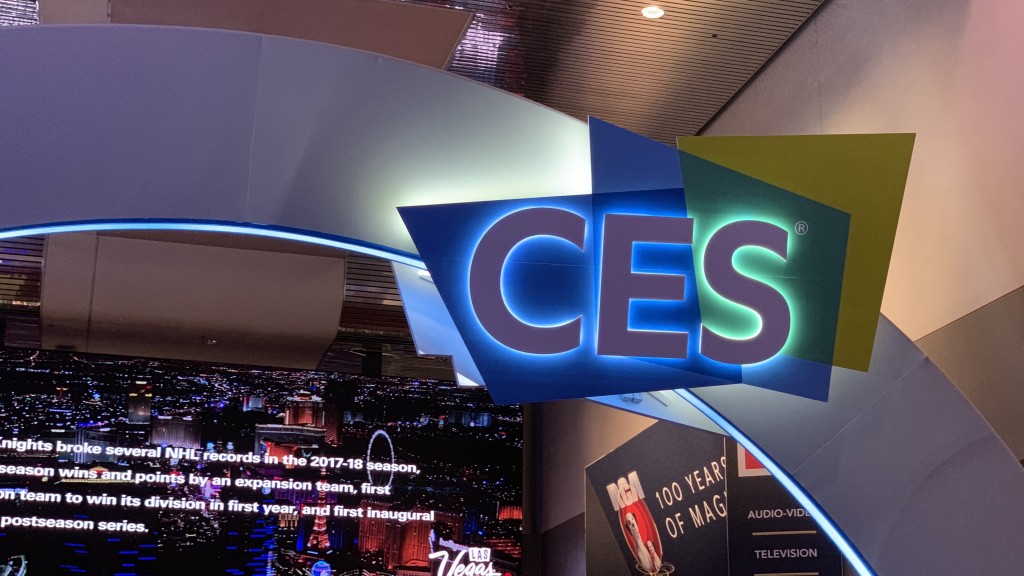The best gadgets of CES 2019? Including LG rollable display, Hyundai walking car

CES, the biggest trade show in the technology calendar, has come to a close in Las Vegas after a week of flexible screens, robots and driverless cars. Here are some of the best new gadgets we saw at the show…
LG rollable TV
Flexible screens were one of the themes of this year’s show, but LG made the biggest splash unveiling a television that can roll itself up to be stored in a base unit that also includes a built-in soundbar.
Called the OLED R, it is likely to spark a new generation of flexible TVs that can be moved and stored in unique ways, but LG can say it got there first.

The Royole FlexPai
Still flexible but physically smaller, relatively unknown firm Royole confirmed it had beaten tech giants such as Samsung and Huawei to the next big thing in smartphones, a foldable screen.
The FlexPai drew large crowds to the company’s booth, with thousands keen to see how the smartphone-sized device unfolds to also work as a large-screen tablet.

Byton M-Byte
Chinese firm Byton is the newest rival to Tesla in the electric vehicle space, and in its second year at CES the firm offered a close look at its flagship SUV.
Its 48-inch dashboard display can be controlled using the tablet on the steering wheel, a touchpad in the centre console or hand gestures, to carry out a variety of tasks, from mapping out a route, to in-car entertainment.
However, the placement of the tablet in the centre of the steering wheel has drawn criticism from some on safety grounds.

John Deere’s combine harvester
The increasing ubiquity of cutting edge technology such as artificial intelligence and machine learning means that many companies not traditionally considered tech firms are now making their way to CES.
This year, one of the most striking examples was farming vehicle manufacturer John Deere, which parked a large combine harvester in the middle of one hall.
The harvester houses artificial intelligence software that monitors the quality of crops being gathered, automatically adjusting any settings on the vehicle as needed.
HTC Vive Cosmos
Virtual reality may have lost some of its shine since bursting onto the scene in 2015 when the HTC Vive was first announced to the world.
This year at CES, the Taiwanese firm showed there is still meaningful innovation to be found in the sector, as it announced the new Vive Pro Eye.
With built-in eye-tracking capabilities, it enables users to navigate menus and play games hands-free, making the system more accessible.

Samsung robots
With the smartphone market beginning to slow, firms such as Samsung are looking for other ways to grow their business, one such method is by getting into robotics.
At CES, the company introduced an impressive trio of robots as well as an exoskeleton designed to aid mobility.
The robots – a retail-based device, one for monitoring air quality and another meant to be a home care assistant – do not yet have any planned release dates.
Car giant Hyundai has designed a concept vehicle it says could help in emergency situations by using extendable legs to manage difficult terrain.
The South Korean automotive giant is calling its Elevate concept the first Ultimate Mobility Vehicle (UMV), featuring four extendable legs each with wheels, giving it the ability to change the way it moves depending on the situation, offering both mammal and reptile-like walking gaits.

Furrion’s smart yacht
At the other end of the vehicle spectrum was the Furrion Adonis, a 78ft luxury smart yacht that is also loaded with connected appliances to make it smarter.
The yacht includes a virtual concierge called Angel which can be used to give news and weather updates, as well as order food from the full chef’s kitchen and control music playlists.




